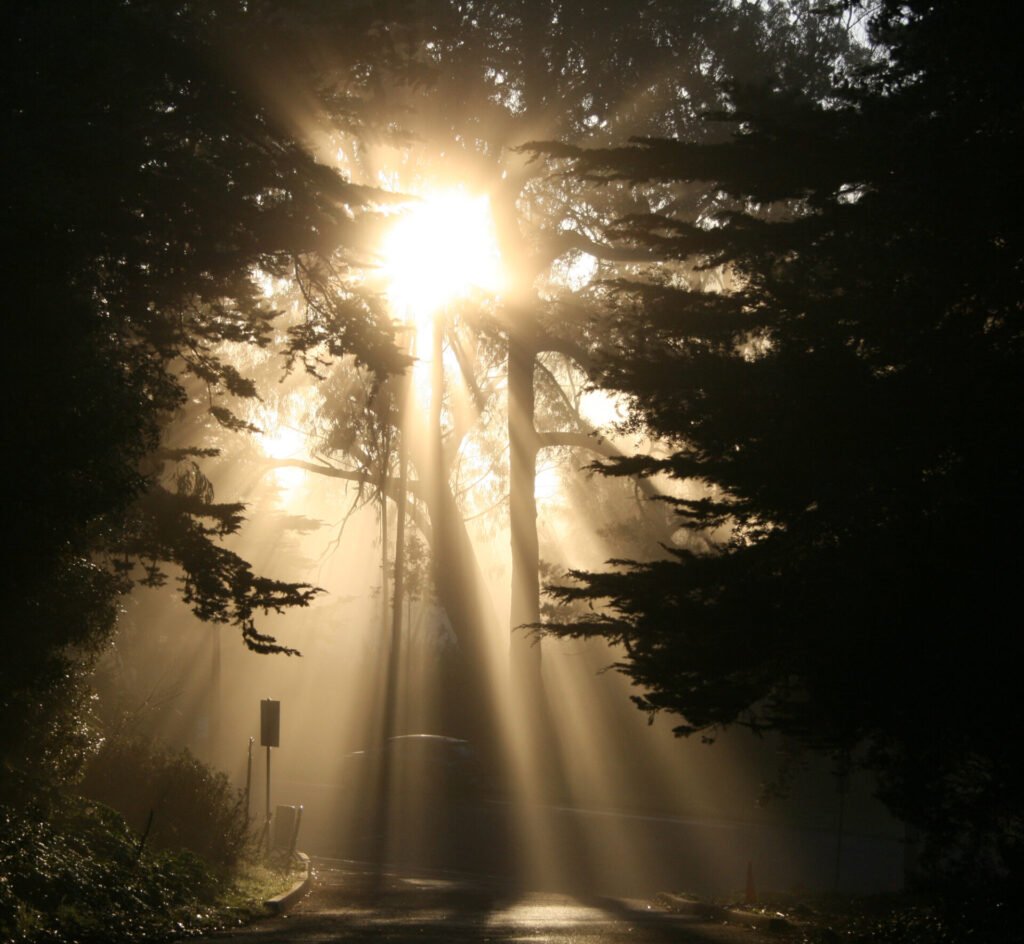《Izumo Taisha’s Suzumidono Festival: Exploring the Ancient Makomo Ritual》
If you’re drawn to Shinto traditions rooted in nature, Izumo Taisha’s annual Suzumidono Festival (or “Makomo Festival”) is a cultural gem worth learning about. Held every June 1st in Shimane Prefecture, this ritual centers on makomo (zizania, a wetland grass) and honors a god deeply tied to Japan’s land and people. Below’s a clear breakdown of what makes the festival unique, from its rituals to its cultural meaning.
1. Key Facts About the Festival
When & Where: The festival starts at 9 AM on June 1st at Izumo Taisha. The main ritual unfolds along a white-sand path from “Izumo no Mori” (Izumo Forest, 100 meters east of the shrine’s inner wall, home to a sacred muku tree) to “Mitarashi no I” (Purification Well).
Honored Deity: It pays tribute to Okuninushi no Okami, a “kunitsukami” (earthly god) revered as the “founder of Japan’s land.” He taught ancient people farming, fishing, and medicine, then handed over the land to the lineage of Amaterasu (the sun goddess) to focus on guiding human connections and happiness.
The “Makomo” Name: The festival gets its nickname from makomo (zizania), the sacred plant at its core. Makomo lines the sand path, and even the shrine’s main shimenawa (sacred rope) is woven from it—an old belief holds that makomo was “the first plant the gods grew on earth.”
2. The Ritual: Step-by-Step
The festival follows ancient traditions, with small adjustments for modern needs (like pandemic-era changes):
Preparations: Priests harvest fresh, unblemished makomo from Izumo no Mori, careful not to damage stems or leaves (makomo is seen as a “vessel for divine energy”). They lay white sand along the path, then arrange makomo leaves in the wind direction—all 穗 tips point toward Mitarashi no I, making a “green path.” A temporary altar under the sacred muku tree holds offerings: glutinous rice dumplings (shitogi dango) and light sacred sake (hitoyozake).
Core Ceremony: First, the Kokuzo (Izumo Taisha’s top priest) chants old Shinto prayers, asking Okuninushi for summer health and good harvests. Then, he carries a ohoshibi (a sacred wooden wand with white paper strips, thought to hold the god’s presence) and walks across the makomo path—this keeps the sacred wand from touching “impure” ground, with makomo acting as a “bridge between the divine and ordinary.” After praying at Mitarashi no I, attendees gently collect scattered makomo leaves.
Pandemic Adjustments (2022): To follow health guidelines, direct makomo collection was paused. Instead, bundles of blessed makomo were hung along the path—attendees walked under them to receive blessings.
3. Makomo: More Than Just Grass
Makomo is the heart of the festival, with both sacred and practical roles:
Sacred Meaning: It’s mentioned in Japan’s oldest texts and used to weave komo (makomo mats) for shrine altars—these mats “purify” spaces for offerings. Izumo Taisha’s main shimenawa is also made of makomo (unlike other shrines that use hemp or straw) because it’s durable and rot-resistant, matching Okuninushi’s “role of protecting the land.”
How to Use Collected Makomo: Attendees use it respectfully:
Display it on home shrines to pray for family health;
Dry leaves, boil them, and add to bathwater to cool down in summer;
Bury it in fields or gardens to honor agricultural traditions.
4. Izumo Taisha vs. Ise Jingu: Key Differences
These two major shrines reflect Shinto’s diversity, with distinct focuses:
Aspect Izumo Taisha (Suzumidono Festival) Ise Jingu (e.g., Shikinen Sengu)
Deity Type Earthly god (kunitsukami) Heavenly god (amatsukami)
Ritual Plant Makomo (zizania) Hemp (asa)
Ritual Focus Nature harmony & community health Imperial lineage & divine rule
Shimenawa Material Makomo Hemp
5. Why It Matters: Cultural Legacy
This festival isn’t just about “praying”—it’s a living link to Japan’s roots. Priests harvest makomo without harming the ecosystem, and attendees use every leaf thoughtfully—reminders that humans and nature are partners. It also ties the community together: locals, believers, and researchers gather each year, passing down traditions (like how to use makomo) from old to young.
Have you ever experienced a tradition that centers on a single plant? Share your thoughts below—I’d love to hear how different cultures honor nature through ritual!
ワ






Responses